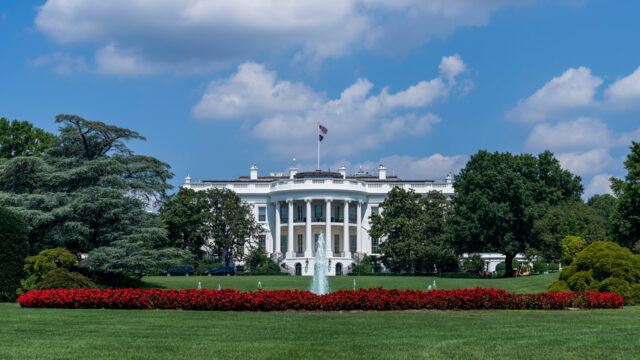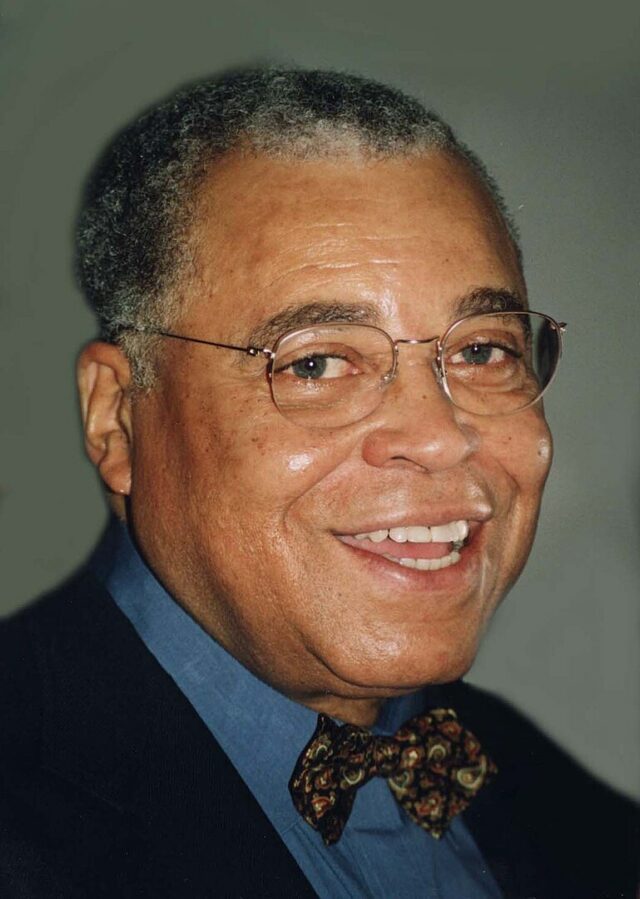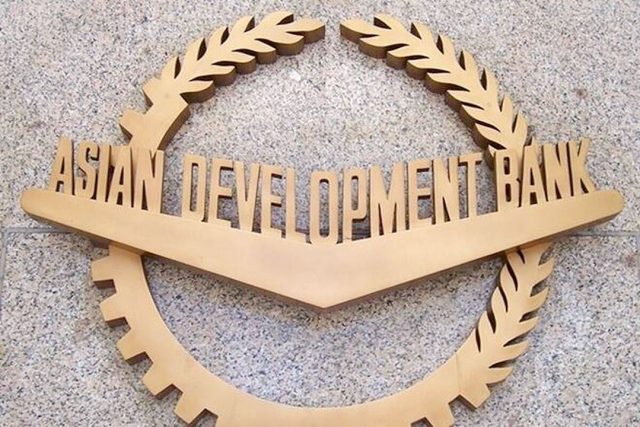By Justine Irish D. Tabile, Reporter
MAJORITY of chief executive officers (CEOs) in the Philippines are confident that their organizations will see revenue growth in the next 12 months, despite geopolitical uncertainties, a survey showed.
Results of the survey conducted by PwC Philippines in partnership with the Management Association of the Philippines (MAP) showed that 85% of 168 CEOs are optimistic that their companies will post revenue growth in the next 12 months.
The results of the survey, which ran from July 8 to Aug. 9, showed improved optimism compared with the 79% of 157 CEOs who said they were confident of topline growth last year.
 Meanwhile, 86% of CEOs are confident of revenue growth in the next three years, slipping from 87% in the previous survey.
Meanwhile, 86% of CEOs are confident of revenue growth in the next three years, slipping from 87% in the previous survey.
The survey also showed that 86% of the CEOs are confident about industry prospects for the next 12 months, higher than the 83% seen in the previous survey. This is the highest level of optimism since the pandemic.
“What helped drive optimism among our CEOs here in the Philippines is mainly our country’s economic growth,” said Karen Patricia A. Rogacion, deals and corporate partner at PwC, at a press briefing on Monday.
She noted the Philippines recorded faster economic growth despite geopolitical uncertainties, which have affected economies in the United States and Europe.
“When the year started, at the global level, we had a slow start. We are still feeling the impact of the Russia-Ukraine war as well as the impact of China’s real estate crisis,” she said.
“Several economies, such as the US and even Europe, were expecting a recession because of the high interest rates and unstable market conditions. In the Philippines, however, we showed fast growth,” she added.
The Philippine economy grew by 6% in the first six months of the year, hitting the low end of the government’s target of 6-7% this year.
In the survey, CEOs said infrastructure development, domestic consumption, and foreign direct investments are the main drivers of growth in the next 12 months.
“Given the top three drivers, it’s also been consistent that the CEOs say that our government is doing a good job in pushing for infrastructure development, forging stronger relationships with other nations, and also managing inflation,” Ms. Rogacion said.
However, 62% of the CEOs said geopolitical uncertainties arising from the Russia-Ukraine war, conflicts in the West Philippine Sea, and upcoming elections in other countries are keeping them awake at night.
“We have actually been indirectly and directly affected by challenges due to global supply chain pressures, inflation, and other related threats,” she said.
Donald L. Lim, chair of the MAP CEO Conference Committee, said CEOs fear geopolitical uncertainties as these may suddenly disrupt supply chains and operations.
“I think the geopolitics, whether Ukraine-Russia or even the West Philippine Sea, are a great unknown. We don’t know what will happen. But if that happens, it will have a severe impact on the business,” he added.
However, Roderick M. Danao, chairman and senior partner of PwC, said that some companies are already starting to manage and mitigate the effects of geopolitical uncertainties.
“A few local companies have effectively tried to manage to mitigate the effect [through] product diversification, market diversification, and supply-chain diversification,” Mr. Danao said.
“Of course, all of these have to be backed up by long-term risk management plans for the company to adapt and to proactively manage the impact of the geopolitical conflicts,” he added.
TECHNOLOGICAL INNOVATION
Meanwhile, the survey showed that 46% of the CEOs believe that their company will no longer be viable after 10 years if it continues running on its current path.
According to PwC, new technologies such as generative artificial intelligence (GenAI) are set to revolutionize business models, redefine work processes, and transform industries.
“I always believe that AI will certainly bring more opportunities rather than threats,” said Mr. Danao.
In the survey, 40% of the CEOs said that they have already adopted the technology, while 71% believe that GenAI will change how their companies create, deliver, and capture value.
Even though 78% of the leaders believe that the technology can improve the quality of their company’s products and services, the survey also showed 61% of the CEOs said that they are not yet widely adopting the technology in their operations.
Asked why there is still low adoption, Mr. Danao and Mr. Lim said that AI in the Philippines is still in its nascent stage.
“The awareness is still very low at the Philippine corporate level. We are all excited about what this AI can bring into our organization. But embedding AI is still a work in progress. There will be investments and workforce upskilling needed,” Mr. Danao said.
“We are just at the tip of the iceberg. I think you’ll be lucky to have real AI adoption across the majority, meaning more than 50%, in five years. It will be a long time,” Mr. Lim said.
Mary Jade Roxas-Divinagracia, deals and corporate finance managing partner at PwC, said AI adoption will be led by industries like healthcare, banks, financial institutions, and retail.
“And then you have one of the major industries in the Philippines, the business process outsourcing, and this can be a game changer for them, not just on the risk side, but on the opportunity side as well,” she added.
However, Mr. Lim said that the full adoption of AI may result in job losses if the workforce will not be able to keep up.
“AI won’t replace jobs. Those people who use AI will replace those who do not know how to use it. So, I think the problem is more on education because the teachers do not understand this,” he said.
“So, we have to make sure that the educational system prepares our next three batches of graduates to use and harness AI. Will there be a loss of jobs? I think there will be. Because it won’t be able to catch up,” he added.














